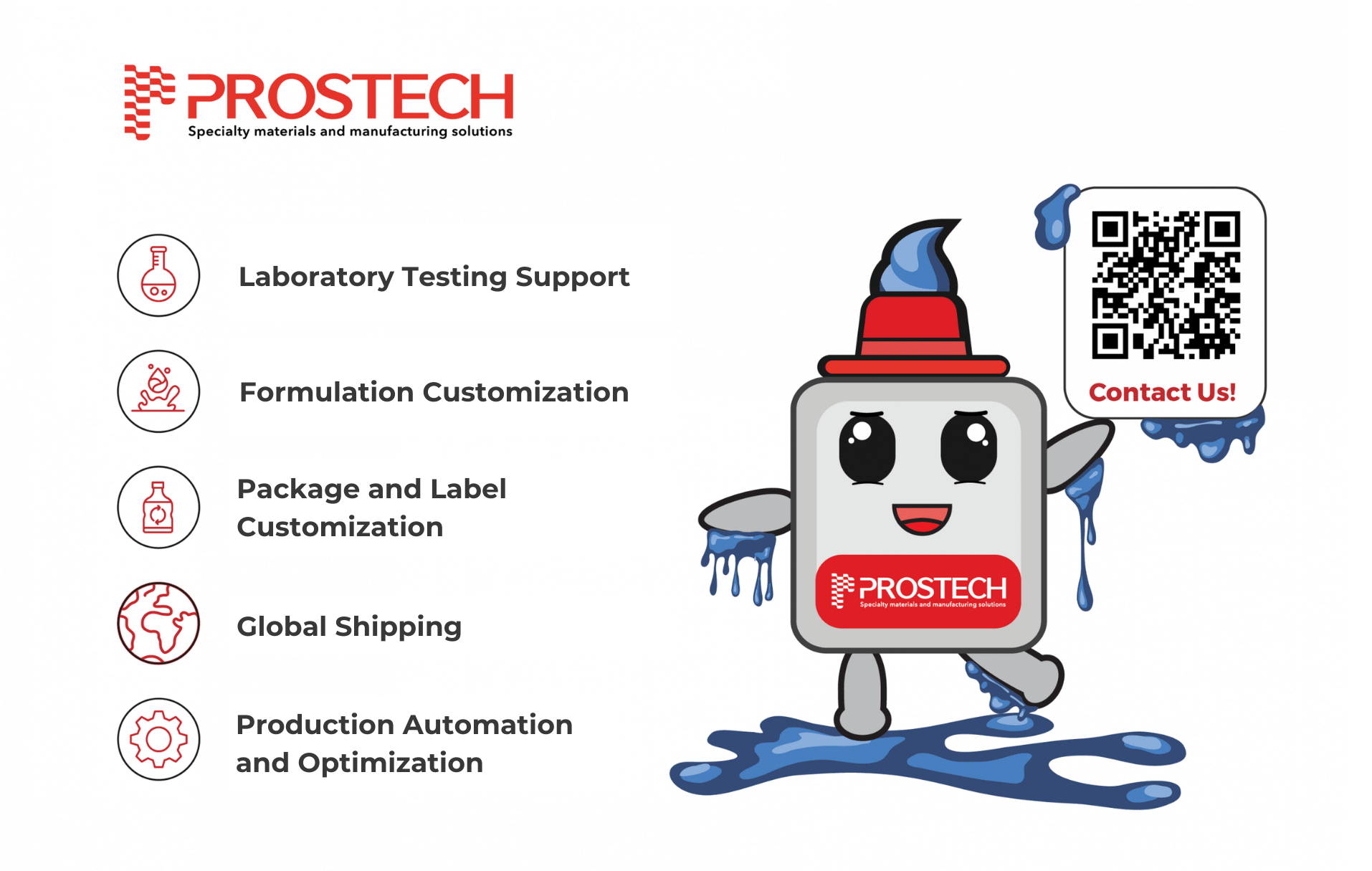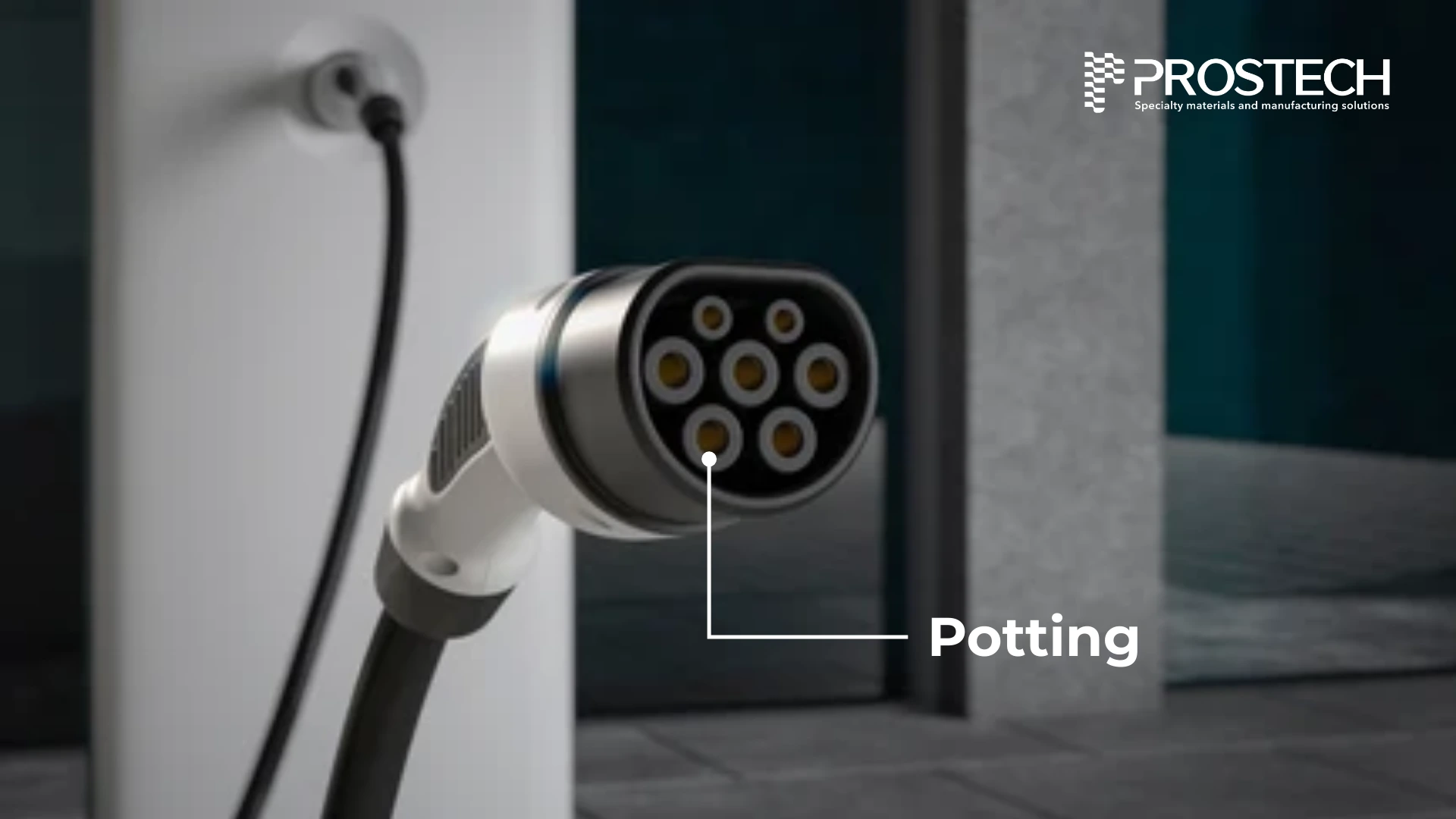Why AI Changes the Game for Data Centers
Artificial Intelligence workloads have ushered in a new era for data center operations. Unlike traditional applications, AI training and inference demand significantly higher compute densities and power consumption. High-performance GPUs and specialized chips like TPUs are often packed tightly together, generating immense heat during operation. Traditional air-cooling systems, once sufficient, are now reaching their limits. Fans, raised floors, and chilled air no longer provide the efficiency or thermal management required by AI-intensive infrastructure. This thermal bottleneck not only risks performance throttling but can also shorten hardware lifespan and spike operational costs. D2C liquid cooling is a game-changing solution designed to keep AI systems running faster, longer, and cooler.
Read more: Solving Common Problems in Fluid Cooling System
The Role of Coolants in D2C Liquid Cooling for AI Data Centers
Liquid cooling replaces or supplements air cooling by directly transporting heat away from critical components using a thermally conductive liquid. In Direct-to-Chip (D2C) cooling systems, a coolant flows through cold plates mounted directly on heat-generating components such as CPUs and GPUs.
Key Benefits of Liquid Coolants in AI Data Centers:
- Higher Heat Transfer Efficiency: Liquid coolants like propylene glycol- or ethylene glycol-based solutions can absorb and transfer heat much faster than air.
- Reduced Energy Usage: With more efficient thermal management, liquid cooling reduces the need for high-speed fans and chillers.
- Compact Design: Enables higher server density without overheating concerns.
- Longer Equipment Life: Stable cooling conditions reduce thermal stress on components.
But not all coolants are equal. For instance, Organic Acid Technology (OAT) coolants such as Recochem’s OAT PG-25 are formulated for long service life and superior corrosion protection — ideal for mission-critical AI data centers.
Related article: Immersion Cooling vs Direct-to-Chip Cooling for Data Centers
How Direct-to-Chip (D2C) Cooling Works
Here’s a simplified illustration of how D2C liquid cooling operates in a server:
D2C Liquid Cooling Diagram Explanation:
- CPU/GPU: Generates heat during AI processing.
- Cold Plate: Sits directly on the chip, transferring heat to coolant.
- Coolant Inlet: Brings cool liquid to the cold plate.
- Coolant Outlet: Carries heated coolant away to the CDU (Coolant Distribution Unit) or heat exchanger.
- Recirculation Loop: Coolant is cooled and recirculated continuously.
This setup minimizes thermal resistance and keeps processing units at optimal temperatures — even under maximum AI workload.
AI workloads are redefining data center design, and liquid cooling is at the heart of this transformation. With solutions like D2C Liquid Cooling and high-performance fluids like OAT PG-25, operators can achieve higher efficiency, reliability, and density — all while reducing operational costs.


Ready to upgrade your thermal management system? Talk to our experts at Prostech to find the right coolant solution for your AI infrastructure.







